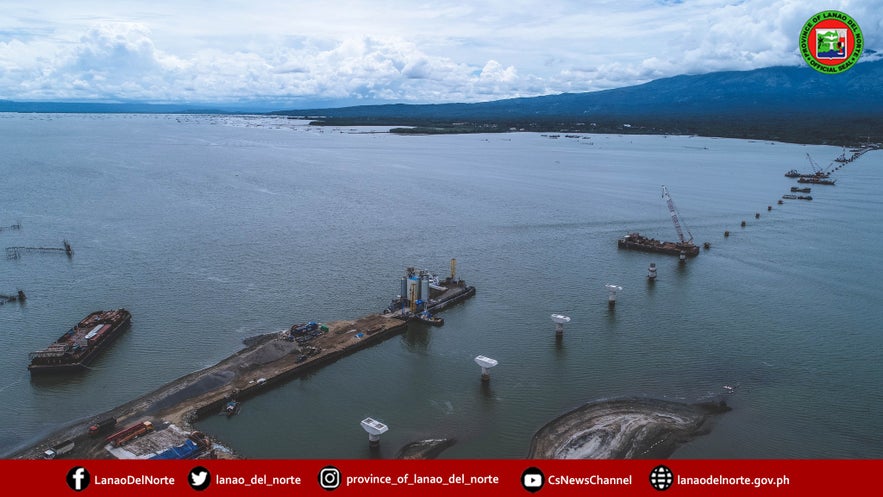
Panguil Bay, nestled between the provinces of Lanao del Norte and Misamis Occidental in the Northern Mindanao region, is a scenic coastal gem waiting to be explored. Known for its calm, shimmering waters and vital role as a maritime passage, this bay is a serene stop for travelers seeking off-the-beaten-path experiences in the Philippines.
This tranquil bay offers more than just stunning coastal views. It's an ideal spot for nature lovers and cultural explorers alike, with nearby mangrove forests, charming coastal villages, and glimpses into the daily lives of local fisherfolk.
Travelers can enjoy a peaceful boat ride, go birdwatching, or catch a vibrant sunset along the shoreline — one of the most breathtaking sights in the Northern Mindanao region. Panguil Bay is a great addition to any Mindanao island itinerary, pairing well with popular destinations like Cagayan de Oro Province’s adventure scene or Iligan City’s majestic waterfalls.
Whether you’re exploring the rural coastline, crossing the landmark bridge, or delving into Mindanao Island’s diverse heritage, Panguil Bay promises a quiet but meaningful travel experience in the southern Philippines.









